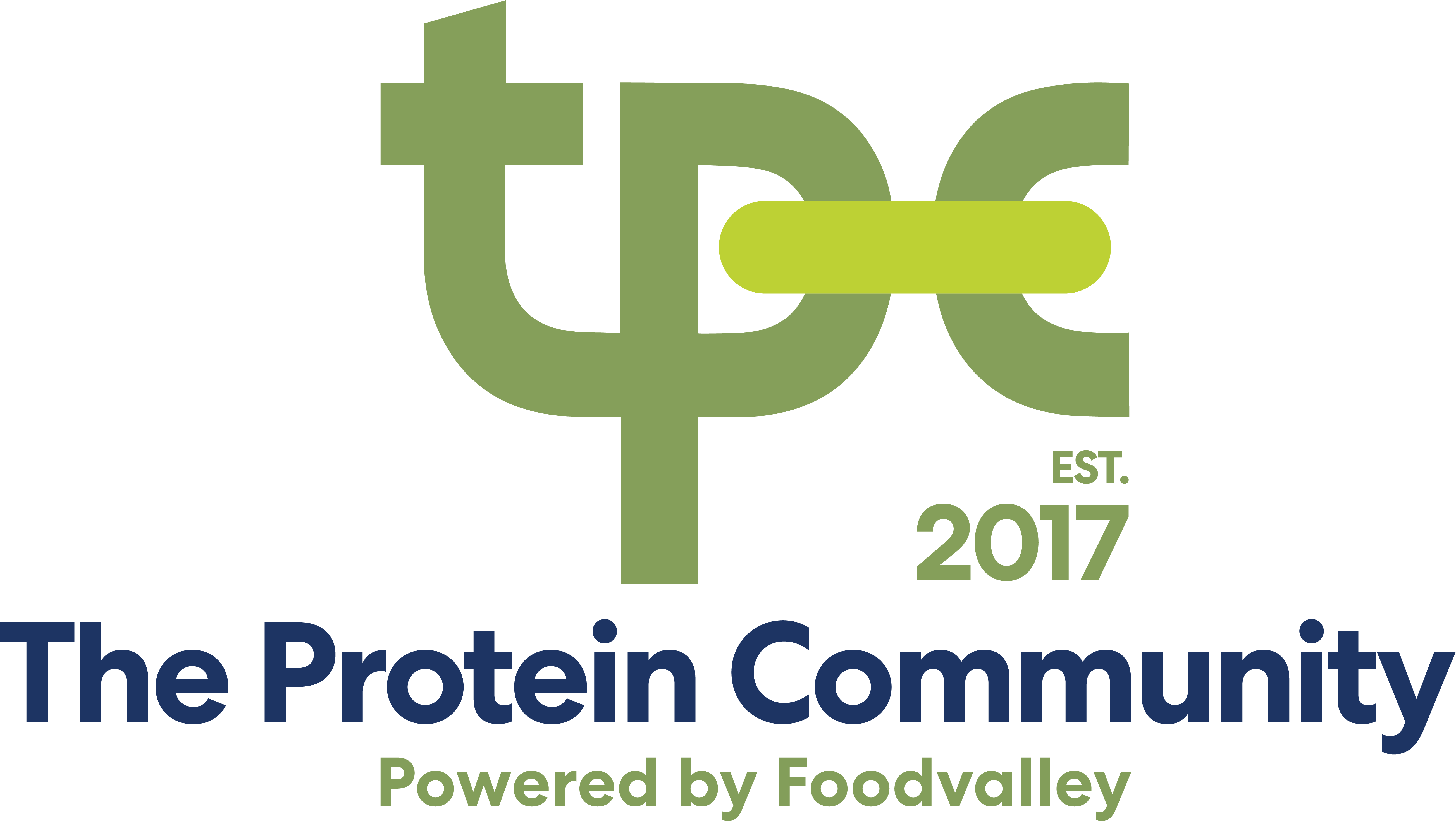
March 25, 2024
Recap: TPC Acceleration Session on Hybrid Products
During a recent event organized by The Protein Community, specialists in the field delved into hybrid products, addressing both obstacles and opportunities.
Key insights:
- Innovation through Collaboration: The session commenced with Kees Pieters from the Provincie of Gelderland emphasizing the significance of collaborative efforts in fostering innovation within the hybrid products sector. The Protein Community acknowledges Kees’ contributions to advancing the protein transition, and Leo Koning, TPC manager, honored him with a Golden Bean award!

- Communication is key: Throughout the discussions, the importance of effective communication was underscored. Jeroen Willemsen (Foodvalley) presented various examples of hybrid products and their communication strategies. Some brands opt not to label their products as hybrid, while others highlight the ratio of plant-based to animal-based ingredients or emphasize reduced CO2 emissions compared to fully animal-based alternatives.
Alice Pilkington (Mintel) suggests clearly communicating the advantages of hybrid products, focusing on aspects such as enhanced taste, health benefits, and environmental sustainability, rather than using percentages. She advises avoiding the term “hybrid” to position such products as less extreme while still emphasizing their meaningful environmental contributions. - Market ready: Production of many hybrid products have stopped quickly. Was this due to ineffective communication or an unprepared market? Likely, it’s a mix of both factors. Alice Pilkington remains optimistic, suggesting that positioning hybrid products as a bridge between animal-based and plant-based diets could resonate with the increasing flexitarian demographic. She notes, “Ongoing media coverage on plant-based eating is continuing to fuel interest in plant-based eating and drinking long term.”
During the session, a debate arose regarding whether hybrid products should have their own category in supermarkets or undergo a silent transition. Henk Schouten highlighted the challenge, as many consumers adhere to the mindset of “don’t mess with my meat,” potentially making hybrid products less appealing.
- Innovate in action: Despite facing challenges, speakers emphasized several opportunities for hybrid products. Jan Vreugdenhil and Angelique Peterse (Vreugdenhil Dairy Foods) provided insights into their companies’ strategies for hybrid product development. These strategies range from co-manufacturing plant-based ingredients to re-imagining traditional recipes by incorporating plant-based alternatives.
- Many strategies possible: During the panel, participants explored obstacles impeding the acceptance of hybrid products, such as consumer resistance and misunderstandings regarding processing. To overcome these challenges and boost consumer acceptance, strategies like silent transitions, improved product labeling, and strategic placement in supermarkets were suggested. Rem van den Bosch (Seaburger) emphasized the significance of storytelling within the hybrid category, noting, “People purchase a brand, not just a specific product.”

With the increasing demand for alternative protein products, the hybrid product market presents opportunities for innovation and collaboration. However, stakeholders encounter the challenge of fully realizing the potential of hybrid products. The session offered insights, fostered partnerships, and generated ideas to expedite time to market.
Jeroen concluded on an optimistic note, highlighting that Dutch caterers are targeting a 60/40 plant/animal protein ratio by 2030. This underscores the imperative of embracing hybrid solutions to meet these ambitious goals.
